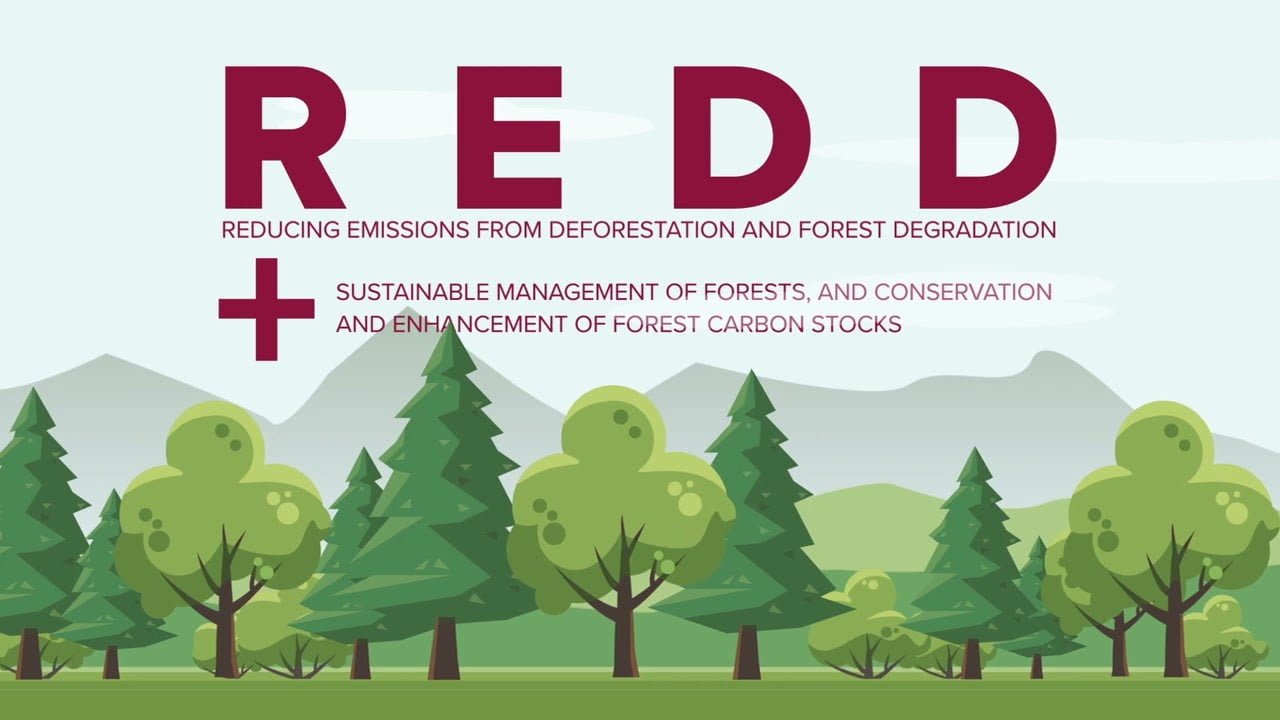
Quality Assessment of REDD+ Carbon Credit Projects
Report Summary:
This study brings together an interdisciplinary team of political and natural ecologists and ecosystem modelers to comprehensively assess the quality of these credits. We assess their effectiveness at reducing deforestation, generating high-quality carbon credits, and protecting forest communities focusing on five key program elements: baselines, leakage, forest carbon accounting, durability, and safeguards.
As with other major offset project types, we found that current REDD+ methodologies likelye generate credits that represent a small fraction of their claimed climate benefit. Estimates of emissions reductions were exaggerated across all quantification factors we reviewed when compared to the published literature and our independent quantitative assessment. Safeguard policies, presented as ensuring “no net harm” to forest communities, in practice have been treated as voluntary guidance.
When considering all evidence together, our overall conclusion is that REDD+ is ill-suited to the generation of carbon credits for use as offsets. We suggest a number of other measures that private actors can take or support that together can help to reduce tropical deforestation.
Well over half of the world’s largest public companies globally have taken on carbon emissions reduction goals and many expect to meet these targets, at least in part, by buying carbon credits to “offset” their continued emissions. These commitments are anticipated to direct significant investments from the private sector into external climate mitigation projects.
The voluntary carbon market generates credits, each nominally equivalent to one metric ton of carbon dioxide reduced or removed from the atmosphere, from a wide range of projects around the globe. Previous research has shown that these projects rarely represent their claimed climate benefit, and that it is not uncommon for programs to overestimate their impact manyfold (e.g., Badgley et al., 2022; Cames et al., 2015; Coffield et al., 2022; Gill-Wiehl et al., 2023; Haya, 2010, 2019; Stapp et al., in press).
Reducing Emissions from Deforestation and Forest Degradation (REDD+) is the project type that has the most credits on the voluntary carbon market—about a quarter of all credits to date. These projects pay governments, organizations, communities, and individuals in forest landscapes (primarily tropical ones in the Global South) for activities that preserve forests and avoid forest- related greenhouse gas (GHG) emissions.
Many see the private funds generated through REDD+ carbon crediting as critical to preserving tropical forests, home to a significant portion of the world’s biodiversity, 40% of the world’s vegetation carbon (over 180 billion metric tons of carbon), and innumerable forest communities. But despite more than US$3 billion in aid for REDD+ and close to a half billion carbon credits awarded over the last 20 years to most forested countries in the Global South, deforestation is still continuing at an alarming rate. A tremendous amount of trust and hope are being put into the voluntary carbon market and the small number of nonprofit organizations that create, manage, and self-regulate it.
In this report, we assess the effectiveness of REDD+ carbon crediting programs at reducing deforestation, generating high-quality carbon credits, and protecting forest communities. This analysis can inform the future direction of REDD+ crediting under both the voluntary carbon market and UN climate agreements. We focus on the four crediting methodologies that have generated almost all REDD+ carbon credits to date, all under Verra, the largest voluntary carbon market registry.
We found that current REDD+ methodologies generate credits that represent a small fraction of their claimed climate benefit. Estimates of emissions reductions were exaggerated across all quantification factors we reviewed when compared to the published literature and our independent quantitative assessment.

